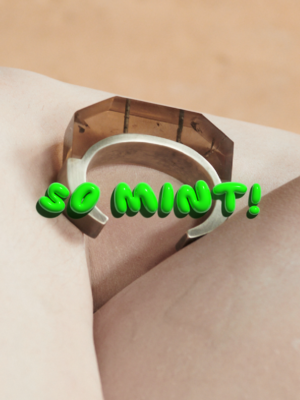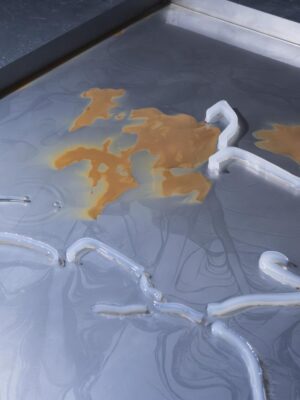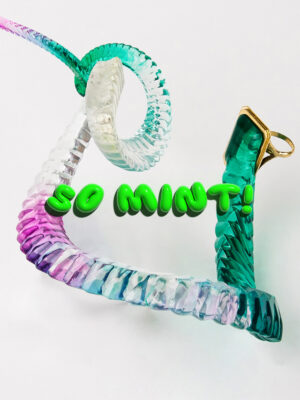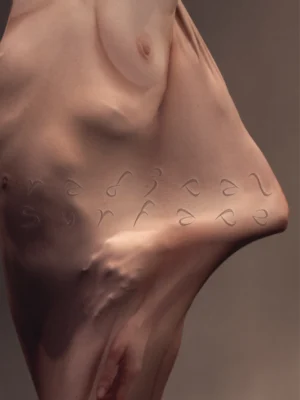Olivia Nash is a London-based jewellery designer whose work offers a reflective look at technology, craft, and life within the Anthropocene. Her works explore the intrinsic link between the natural and man-made worlds. ‘The infrastructure and skeletal structures that hold our city together fascinate me. I find beauty in these mundane, decaying, and weathered elements. It’s these often-overlooked features that I want to highlight: the joinery that holds together our bridges, the raw and primitive forms of brutalist buildings, or the juxtaposing rough and refined aesthetics of window panels against rusting metal frames.’ Olivia blends details of her urban life with natural stones and metals to create pieces that reflect the often complicated relationship between humanity and the environment.

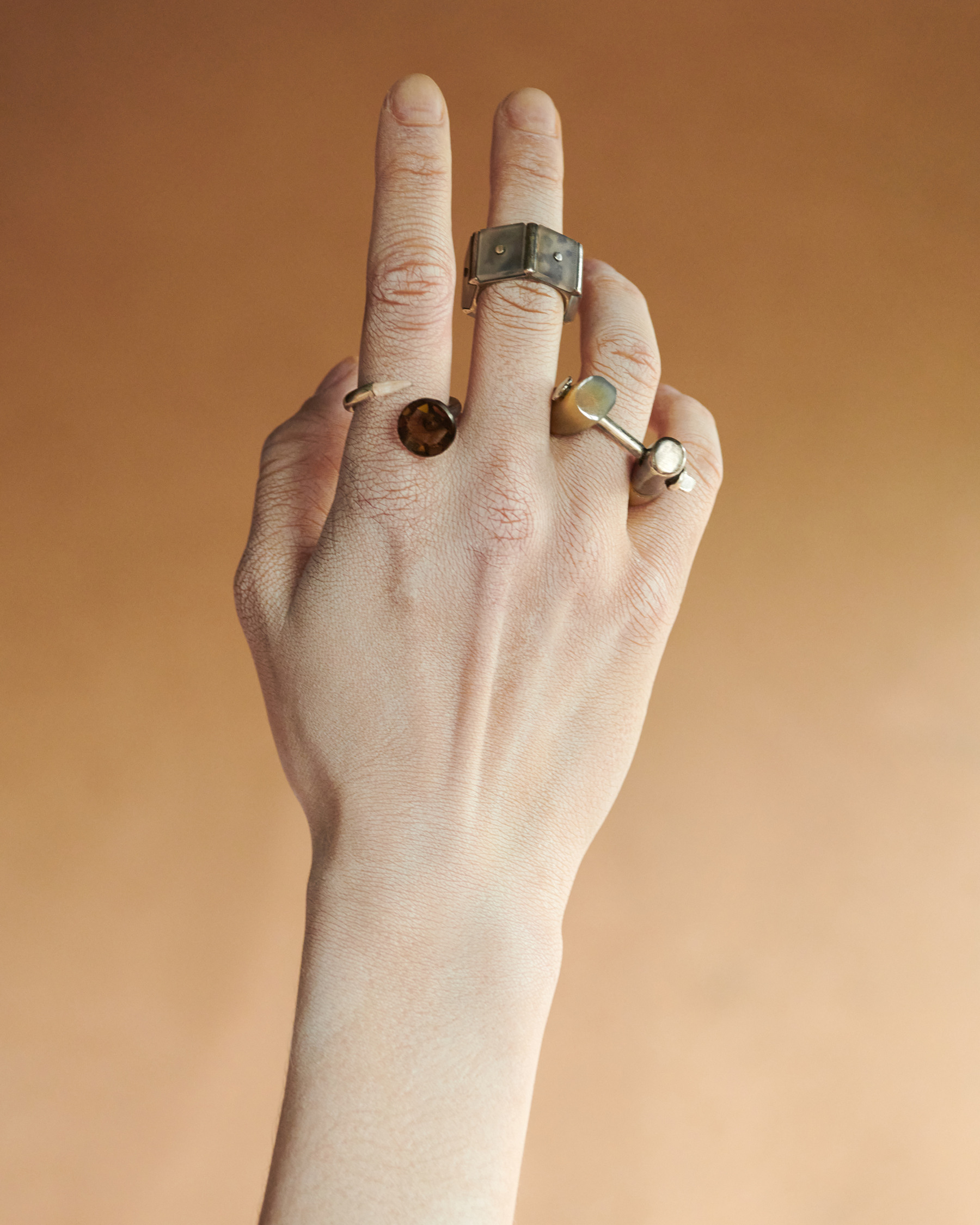
CO: What ideas or themes inspire your work?
ON: I am inspired by my direct environment: the stones that I carve in the studio and the cityscape that surrounds me. The mundane, decaying, and weathered elements of raw material and the hardware that connects our buildings together fascinate me. Marjan Unger’s dissertation, Jewellery in Context, highlights how jewellers use materials from the ‘underworld’ to express ideas of the ‘upperworld.’ This metaphor sparked my interest in the intrinsic link between the natural and man-made worlds.
My materials of choice are stone and metal, foundational to our earth, urban infrastructure, and traditional jewellery. From initially noticing the architectural parallels between gemstone formations and city structures, my work explores the subtle interplay between the natural and industrial worlds. I seek to create a design language where these two elements coexist.
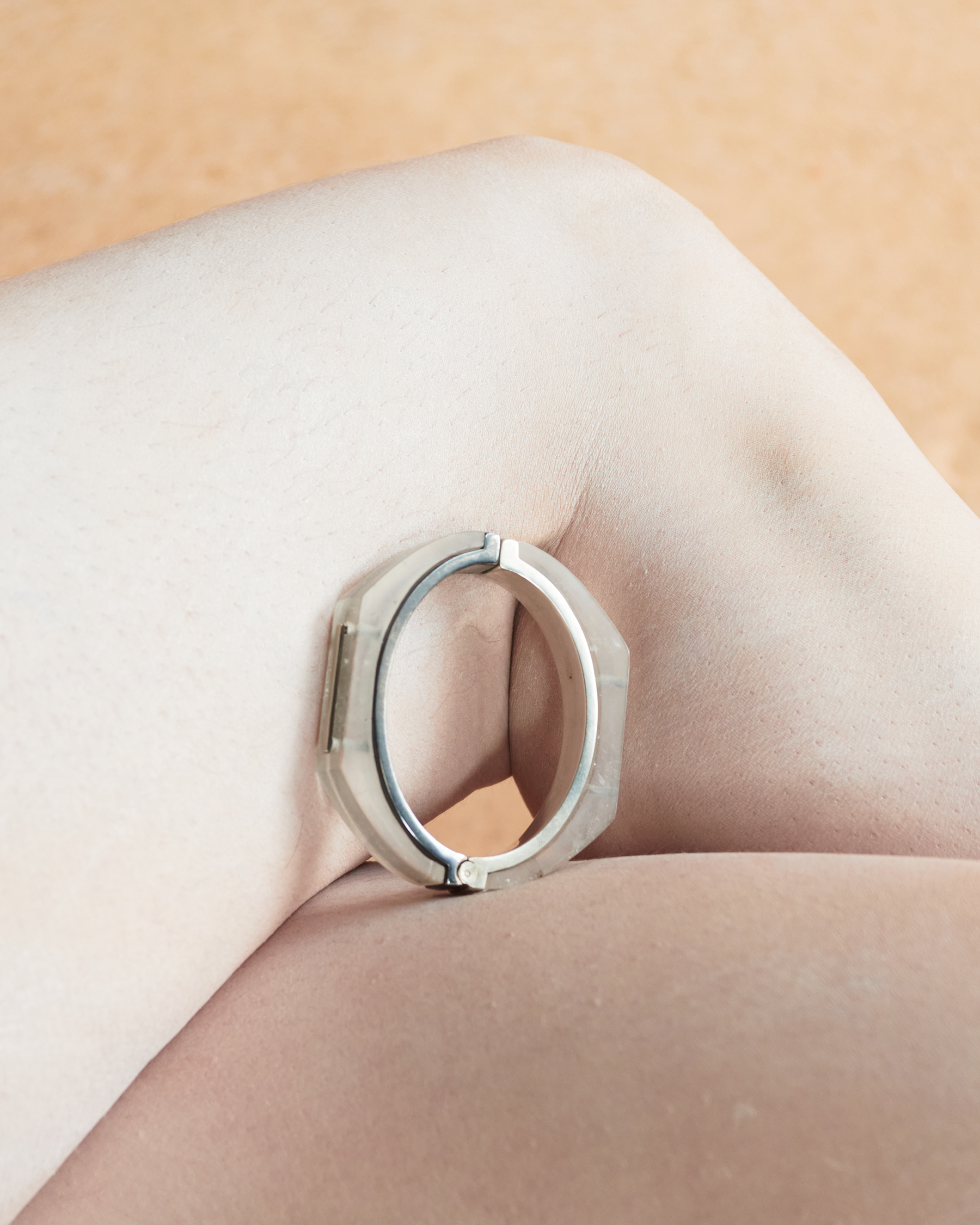
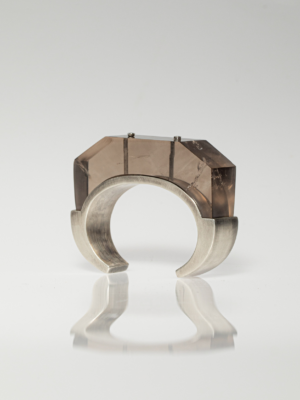
CO: What are the biggest challenges you face in your practice?
ON: Designing with stone has its own unique challenges. Stone carving is a meticulous and delicate process that is often prone to breakage if not handled carefully. There have been times when I’ve spent days carving a piece of stone, only to have it slip through my fingers and break. It can be a test of one’s patience, but with each mistake, I better understand my material and its limitations. There is a beauty and meditative nature to the process of stone carving that I love, and the lessons I learn from my mistakes during that process are invaluable. I create specific rules and limitations for my designs now, focusing on bold, sculptural, and raw-looking forms rather than delicate and intricate ones, which are more suitable for working with stone. I embrace the cracks and inclusions in my material, allowing these imperfections to become a celebrated part of the final work.

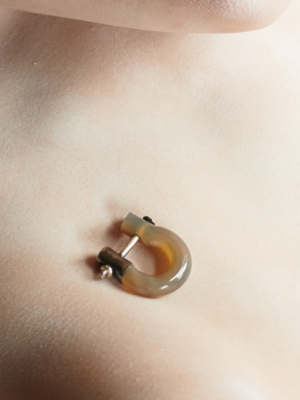
CO: Could you describe your approach within the broader jewellery field?
ON: My approach to jewellery design is deeply rooted in symbolism, material innovation, and technological advancement. I am fascinated by the potential to integrate traditional methods of craftsmanship, such as lapidary, with contemporary design practices through the use of CAD software and experimental stone-setting techniques. By merging these approaches, I aim to create a dialogue about our environment, embracing imperfections and challenging conventional notions of delicacy, femininity, and perfectionism typically found in jewellery design.
Stone serves as an ideal medium to illustrate this philosophy, with its natural inclusions, cracks, and imperfections celebrated as points of beauty. By pushing the boundaries of traditional craft and integrating modern technology, I aim to create pieces that not only adorn but also provoke thought and reflection on the intrinsic value of imperfection and a more realistic connection between the natural and industrial worlds.
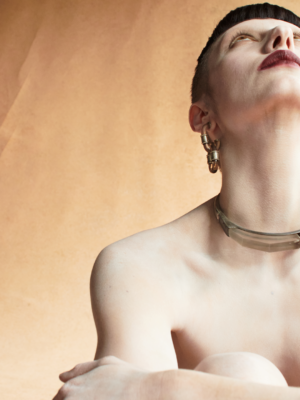
Instagram @olivie.nash
All featured images are courtesy of the artist, photographed by Willow Williams.
